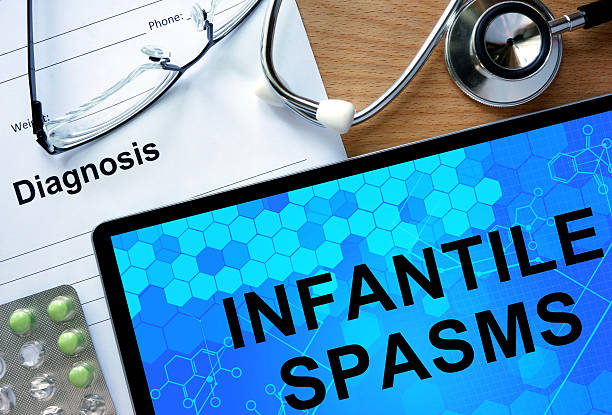An umbilical hernia occurs when part of the intestine protrudes through the opening in the abdominal muscles near the bellybutton (navel). It often presents as a soft swelling or bulge in the affected area. While typically harmless, umbilical hernias can vary in severity and may require medical attention.
Umbilical hernias are commonly observed in infants but can also affect adults. In babies, these hernias are usually painless and may be noticeable when the infant cries, causing the bellybutton to protrude. Most umbilical hernias in children close on their own within the first two years of life, although some may persist into later childhood.
However, umbilical hernias that develop in adulthood are more likely to require surgical repair. Symptoms of an umbilical hernia in adults may include abdominal discomfort or pain near the navel.
What to Look For:
- A soft bulge near your navel. In babies, it might only be noticeable when they cry or strain.
- Usually painless in children, but adults may experience some discomfort.
Who Gets Them
- Most common in newborns, especially those born prematurely or with low birth weight.
- Adults can get them too, particularly if they’re overweight, had multiple pregnancies, or have certain medical conditions.
When to See a Doctor
- For babies, consult your pediatrician if you suspect a hernia. Seek emergency care if they’re in pain, vomit, or have redness/tenderness at the bulge.
- Adults should see a doctor for a new bulge or if it becomes painful. Emergency care is needed for a painful or tender bulge.
What Causes umbilical hernia
Umbilical hernias can develop due to various factors:
- During gestation: The umbilical cord passes through a small opening in the baby’s abdominal muscles, which typically closes shortly after birth. If this closure doesn’t occur completely, an umbilical hernia may emerge either at birth or later in life.
- In adults: Increased abdominal pressure contributes to the formation of umbilical hernias. Factors leading to elevated abdominal pressure include:
- Obesity
- Multiple pregnancies
- Accumulation of fluid in the abdominal cavity
- Previous abdominal surgeries
- Long-term peritoneal dialysis for kidney failure treatment
Risk factors of umbilical hernia
Risk factors associated with umbilical hernias include:
- Premature birth or low birth weight in infants, with a slightly higher risk among black infants in the United States. Both boys and girls are equally affected.
- For adults, being overweight or having multiple pregnancies increases the likelihood of developing an umbilical hernia, which is more common among women.
Possible Complications (Rare)
- In children, the protruding tissue can get stuck (incarcerated) and lose blood flow, leading to pain and tissue damage. In severe cases, tissue death and infection can occur.
- Adults are more at risk for intestinal blockage, requiring emergency surgery.
Diagnosis of umbilical hernia
Diagnosis of an umbilical hernia typically involves a physical examination by a healthcare provider. In some cases, imaging studies such as abdominal ultrasound or CT scans may be ordered to assess for any complications.
Treatment
Treatment approaches for umbilical hernias vary depending on the age of the individual and the severity of the hernia:
- Infants: Most umbilical hernias in babies close spontaneously by the age of 1 or 2. During a physical exam, a doctor may attempt to gently push the bulge back into the abdomen. It’s crucial not to try this at home.
- Children: Surgery may be recommended for umbilical hernias in children that are painful, larger than 1/4 to 3/4 inch (1 to 2 centimeters) in diameter, persist beyond the age of 2, or become trapped or obstruct the intestine.
- Adults: Surgery is typically recommended to prevent potential complications, especially if the umbilical hernia enlarges or causes discomfort. During surgery, a small incision is made near the bellybutton, and the protruding tissue is returned to the abdominal cavity. The opening in the abdominal wall is then closed with sutures, often reinforced with mesh to strengthen the area.
Living with an Umbilical Hernia:
- For most people, umbilical hernias are harmless and don’t require any treatment.
- If you have a hernia, your doctor will advise you on any activity restrictions or precautions to take.
Preparing for an appointment with a healthcare provider:
- List any symptoms experienced and their duration.
- If possible, bring a photo of the hernia.
- Provide details about medical history and current medications.
- Prepare a list of questions to discuss with the doctor, such as the need for surgery, potential complications, and follow-up care.
Questions to ask the doctor may include:
- Is the swelling near the bellybutton indicative of an umbilical hernia?
- What size of hernia would necessitate surgery?
- Are further tests required for diagnosis?
- What treatment options do you recommend?
- What are the indications for surgery if the hernia doesn’t improve?
- How frequently should follow-up exams be scheduled?
- Are there any potential complications associated with this hernia?
- What signs and symptoms should be monitored at home?
- Are there any activity restrictions to observe?
- Should a specialist be consulted?
During the appointment, the doctor may inquire about the onset and progression of symptoms, presence of pain, vomiting, recent weight changes, physical activities, and any underlying medical conditions
Remember:
- Don’t attempt to fix a hernia yourself with tape or coins. This can trap germs and lead to infection.
- Early diagnosis and treatment can help prevent complications.
Sources:
- Mayo Clinic
- Johns Hopkins Medicine

